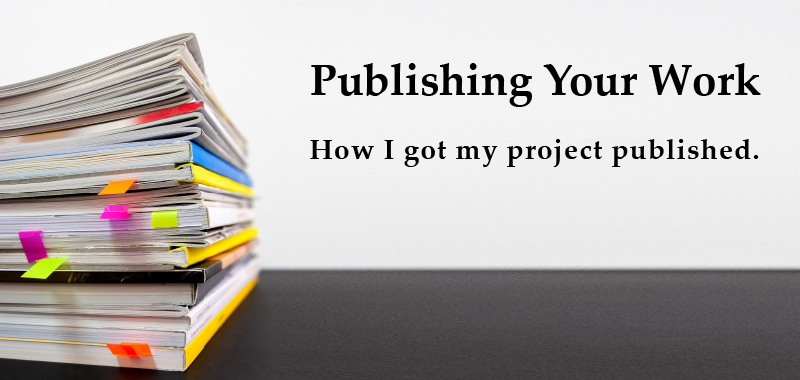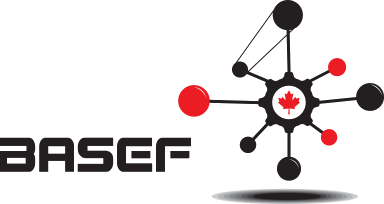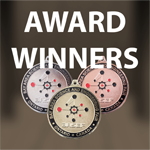
Publishing Your Work
Why publish your work?
Well, if you’re anything like me, you spent many, many hours on your project, and it’s something that you are very passionate about. Publishing your work is a great way to spread the word about your awesome work.
The paper that I published was about the creation of a device that could be mounted on the front of recreational boats to mitigate the harmful wakes that they produce and the destruction that they cause for aquatic ecosystems. I was fortunate to win a patent consultation on my device as part of the BASEF awards, which was an incredibly interesting and educational process. For my device to have the greatest impact, though, it needs to be broadly applied, and publishing it, not patenting it, was the best way to do that.
There are many other benefits too – learning about the publication process, working with a mentor and editor to improve your work, and having a great story for your university and scholarship applications.
Where can you get published?
I investigated a number of potential sources, but because my project was more engineering than science, and I didn’t want to pay to publish it, I decided on the Canadian Science Fair Journal (CSFJ). It is an open-source, peer-reviewed publication with the specific purpose of amplifying youth science and engineering. CSFJ has a broad readership in Canada and beyond, with 30% of its traffic coming internationally. There are several examples where authors have been contacted for future opportunities as a result of their published work to participate on advisory boards or continue their work.
How does the process work?
The journal puts out a call for submissions, typically in early summer. There are specific requirements for your submissions with respect to content and format, so be sure that you follow the specifications closely, or it won’t be accepted. Once your submission is accepted, you will receive a confirmation email, and will be assigned a reviewer and editor. That part of the process took about a month and a half. My editor was a PhD Candidate at the University of Toronto Institute for Aerospace Studies, and an expert in Computational Fluid Dynamics, the basis of my project. We then switched over to Scholastica – an academic peer review and publishing software, and communicated through the revision cycles within the program. My article went through four revision cycles which double-checked my calculations and clarified my writing, before final publication last month. The editing process took about 7 months to publication.
Final thoughts
The publication process with CSFJ was very enjoyable and educational. I’m grateful to have a better understanding of the publication process as I head into University and now know how to better design my work for peer review. This is a great way to extend your project’s impact and I hope that you’ll consider publishing your work as well.
Mitchell
Links
THE CREATION & OPTIMIZATION OF A WAKE MITIGATION DEVICE USING COMPUTATIONAL FLUID DYNAMICS
| Canadian Science Fair Journal | https://csfjournal.com/ |
| Scholastica | https://scholasticahq.com/ |




